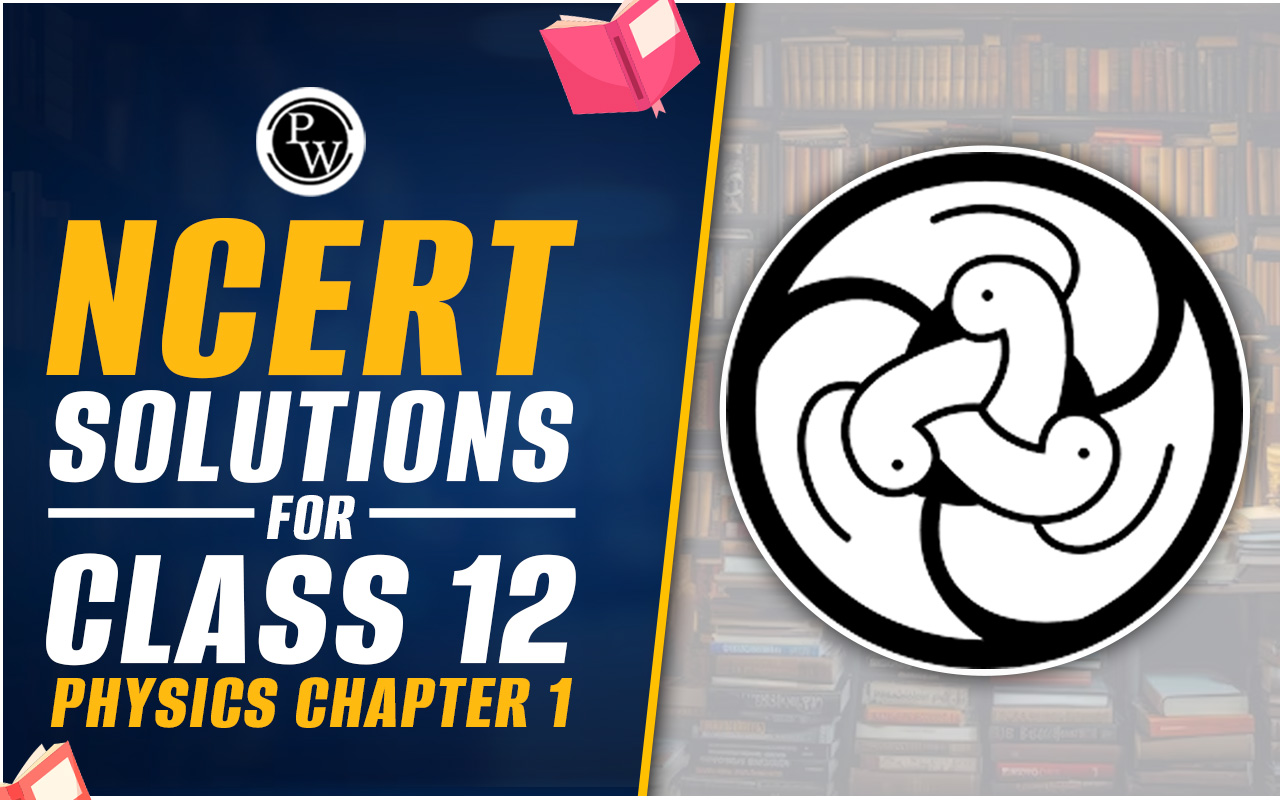
CBSE Class 11 Physics Notes Chapter 1: Chapter 1 of CBSE Class 11 Physics is all about "Physical World." This chapter is like an introduction to physics, explaining what physics is all about and why it is important.
How physics helps us understand things around us, like how things move, why things fall, and much more. In this chapter, you'll also learn about how scientists measure things, like time, distance, and weight, and why it is important to do experiments and observations to learn new things about the world. Overall, this chapter gives you a basic idea of what physics is and why it's useful to study it.CBSE Class 11 Syllabus 2024-2025
CBSE Class 11 Physics Notes Chapter 1 Physical World PDF
You can access the PDF version of Chapter 1 Physical World Notes by clicking on the provided link. This PDF contains detailed notes covering various topics discussed in the chapter.Chapter 1 Physical World Notes PDF
CBSE Class 11 Physics Notes Chapter 1 Physical World
Science and its origin
Science is the systematic understanding of natural phenomena to predict, control, and modify it through experimentation and exploration. Its origins trace back to the Latin word 'Scientia,' meaning 'to know.' The scientific method involves systematic observations, controlled experiments, reasoning, mathematical modeling, and prediction. Science continuously evolves, with improved tools leading to better understanding. For instance, Tycho Brahe's research improved Nicolas Copernicus' theory, which, in turn, influenced Johannes Kepler's work on planetary motion. Natural sciences includes disciplines like physics, chemistry, and biology, focusing on describing, predicting, and understanding natural phenomena through empirical evidence. Physics, derived from the Greek word 'phusikḗ' meaning 'nature,' studies the fundamental laws of nature and their application in various phenomena. The physical world, matter, energy, and force, employing two principal approaches: unification and reduction. Unification aims to encompass all phenomena under universal laws, while reduction derives complex system characteristics from constituent parts, as seen in thermodynamics connecting to the kinetic theory of molecules.Scope of Physics
Scope of Physics will be wide since it covers quantities with length magnitude as big as 1040m and more than that (astronomical studies of universe) and as low as 10-14m or less (study of the electrons, protons etc). In the same way, the time scale is ranging from 10-22s to 1018s and mass is ranging from 10-30kg to 1055kg.
Physics can be categorised broadly into two kinds on the basis of its scope - Classical Physics and Modern Physics. Classical physics is a branch which is dealing with macroscopic phenomena while modern physics will be dealing with microscopic phenomena.
Macroscopic Domain
The macroscopic domain is having phenomena’s involved at large scales such as laboratory, terrestrial and astronomical. It will be including subjects listed below:
1. Mechanics – This is a branch on the basis of Newton’s laws on motion and gravitational laws. It will be related to the motion/equilibrium of particles, rigid and deformable bodies and the general system of particles.
Examples are listed below:
a. Propulsion of rocket using the ejecting gases
b. Water or Sound waves
c. Under a load, a bent rod is in equilibrium.
2. Electrodynamics is a branch which is involved with electric and magnetic phenomena related with charged and magnetic bodies. Here are some examples for it:
a. Movement of a current-carrying conductor in a magnetic field
b. The response of a circuit to an ac voltage (signal)
c. The generation of radio waves in the ionosphere
3. Optics – This branch is discussing about the natural processes involving light. The examples will be,
a. Reflection and refraction of light
b. Dispersion of light through a prism
c. Colour shown by thin films
4. Thermodynamics is a branch with systems in macroscopic equilibrium and varies in internal energy, temperature, entropy and so on , of systems under the application of the external force or heat. Examples are,
a. The efficiency of heat engines
b. Direction of physical and chemical process
Microscopic domain
In the microscopic domain, phenomena occur at small scales, such as atomic, molecular, and nuclear levels. This domain explores the interactions of particles like electrons, photons, and other elementary particles. Quantum theory is developed to understand these phenomena.Physics continues to advance for several reasons:
- Qualitative and quantitative analysis: Physics employs both qualitative and quantitative methods to analyze and understand natural phenomena.
- Universal laws: Physics discovers laws that apply universally across different contexts, allowing for a deeper understanding of the physical world.
- Approximation approach: Complex phenomena are broken down into simpler components, allowing physicists to study them more effectively.
- Extracting necessary characteristics: Physics focuses on extracting essential characteristics of a phenomenon to develop models and theories.
Hypothesis, axiom, and models play crucial roles in physics:
a) Hypothesis: An assumption made without assuming its correctness, which can be verified through experiments. b) Axiom: A self-evident truth accepted without controversy or question. c) Model: A theoretical framework used to describe observed phenomena. d) Assumption: The foundation of physics, derived from experiments, observations, and statistical data, used to explain various phenomena.Law of Conservation of Energy
According to the Law of Conservation of Energy, the total energy in a closed system remains constant over time and can only change forms. This law applies universally, implying that the total energy of the universe remains constant. Nature exhibits symmetrical results under similar conditions at different times.Law of Conservation of Mass:
The Law of Conservation of Mass states that in a chemical reaction, mass is neither created nor destroyed, only rearranged. Chemical reactions involve the rearrangement of atoms among different molecules, resulting in the formation of new substances. In exothermic reactions, where energy is released, the total binding energy of the reactants is less than that of the products. Conversely, endothermic reactions absorb energy. The total mass of the reactants equals the total mass of the products, as atoms are conserved. Mass is related to energy through Einstein's theory, E=mc^2, where c represents the speed of light in a vacuum.Law of Conservation of Linear Momentum
The Law of Conservation of Linear Momentum states that the total linear momentum of a closed system remains constant over time. It highlights the symmetry of natural laws concerning spatial translation, meaning that the laws of nature remain the same regardless of changes in position. For example, the law of gravitation applies identically on Earth and the Moon, despite the differences in gravitational acceleration.Law of Conservation of Angular Momentum
The Law of Conservation of Angular Momentum asserts that there is no intrinsically preferred direction in space, indicating isotropy. This law emphasizes that angular momentum remains constant in the absence of external torques, illustrating the symmetry of space.Important Questions Chapter 1 Physical World Notes
- What do you think did Einstein mean when he said: “The most incomprehensible thing about the world is that it is comprehensible”?
- “Every great physical theory starts as a heresy and ends as a dogma”. Give some examples from the history of the science of the validity of this incisive remark
- “Politics is the art of the possible”. Similarly, “Science is the art of the soluble”. Explain this aphorism on the nature and practice of science.
Benefits of Chapter 1 Physical World Notes
The benefits of studying Chapter 1 Physical World Notes are:Understanding of Fundamental Concepts: These notes provide a detailed understanding of fundamental concepts in physics, such as the scientific method, natural sciences, and the scope of physics, laying a strong foundation for further studies.
Broadening Perspectives: Learning about the scope of physics and its applications in the macroscopic and microscopic domains broadens students' perspectives on the subject, enabling them to appreciate its relevance in different contexts.
Appreciation of Scientific Progress: Studying the historical development of scientific theories and the contributions of eminent scientists fosters an appreciation for scientific progress and encourages students to engage critically with scientific advancements.
CBSE Class 11 Physics Notes Chapter 1 Physical World FAQs
What is the origin of the term "science"?
What is the scientific method?
What are the natural sciences?
What is physics?










